News & Briefings
Get the latest news and SOF commentary here. Your source for all news SOF since 2017.
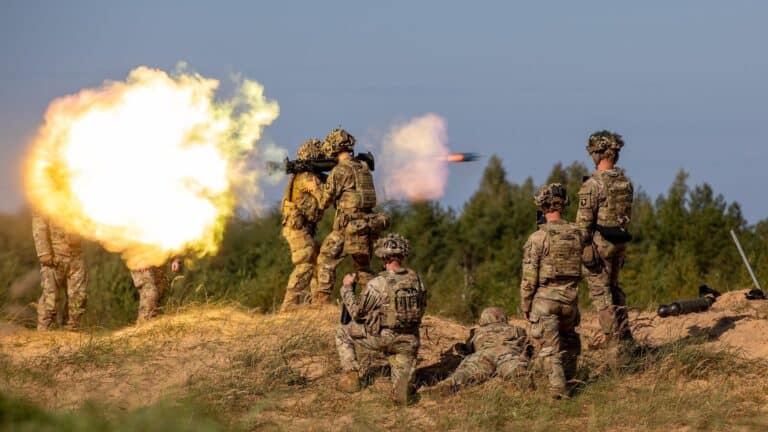
Long-term brain and head injuries have long been a concern for soldiers who absorb repeated shock waves in routine training with powerful weapons. A new Army study will examine how different exposures to firing .50 caliber rifles, the Carl Gustaf recoilless rifle and howitzer cannons impact soldier health. Researchers will also try to determine if factors like the type of job, medical history or sleep patterns put soldiers at higher risk for chronic health issues like those common among football players.
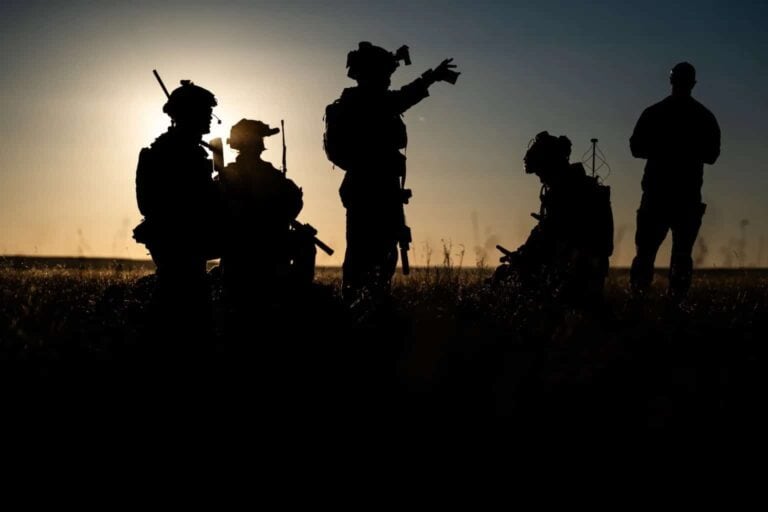
With Washington reportedly considering the withdrawal of 4,500 U.S. troops from South Korea, and contingency planning intensifying for a possible dual crisis in the Taiwan Strait and on the Korean Peninsula, serious questions are emerging about how to uphold deterrence against an increasingly unpredictable North Korea. As the United States redistributes military assets to counter China’s growing assertiveness, South Korea’s exposure to North Korean aggression could deepen. In this context, a sharpened focus on the U.S.-ROK joint decapitation capability—executed by elite special forces—is not only timely but essential.
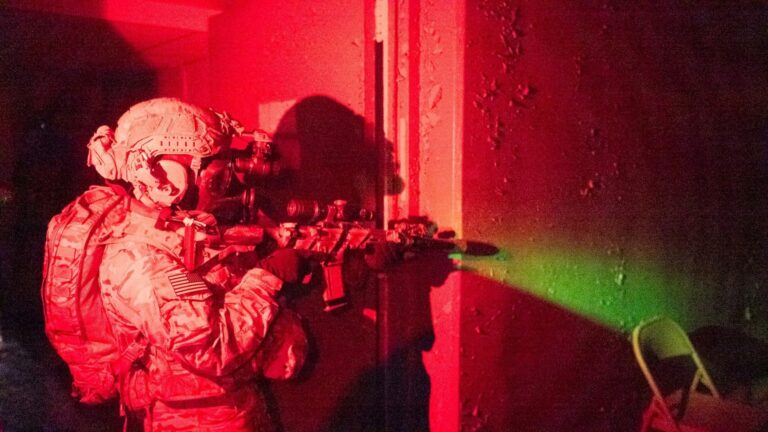
As Israel’s campaign of strikes on Iran continues, a question emerges about whether some level of additional action may be required on the ground to meet the stated goal of preventing the regime in Tehran from being able to acquire nuclear weapons. Even if unique U.S. conventional strike capabilities are brought to bear, there could still be significant targeting challenges, especially if the Iranians move to disperse elements of their nuclear program.
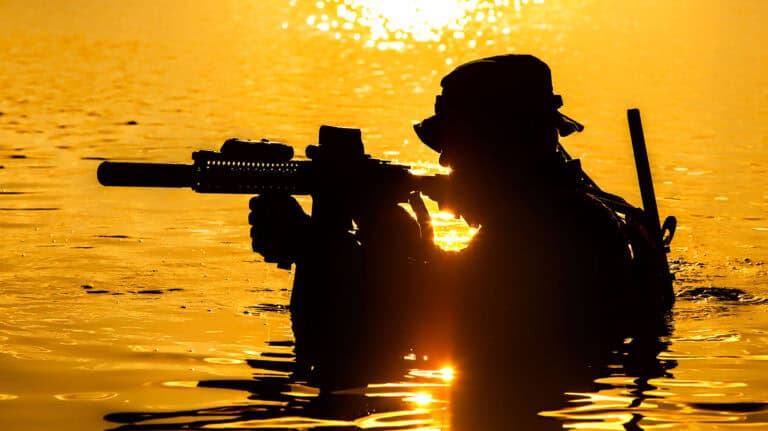
Former physician to the West Coast SEAL Teams and sleep expert Dr. Kirk Parsley shares how getting elite operators off sleep meds dramatically improved their hormone levels, resilience, and long-term performance.
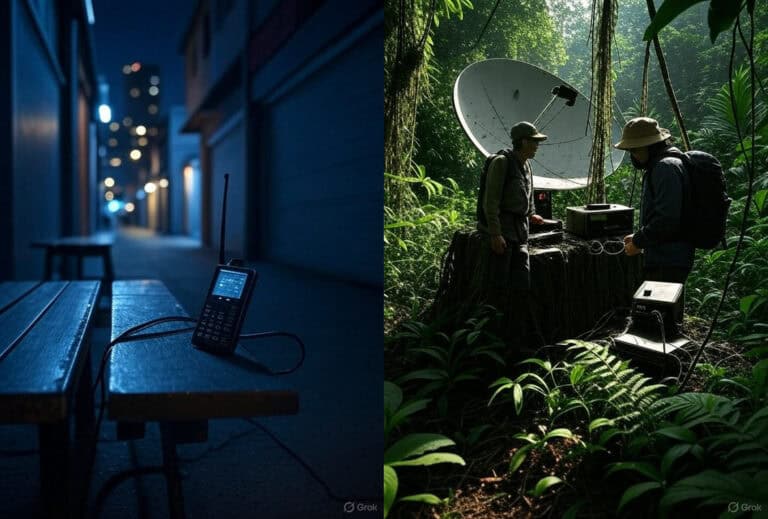
Malign actors deploy cyberattacks, economic coercion, disinformation, and illicit gray zone tactics to destabilize the modern Indo-Pacific region. Competition in the region is currently not characterized by kinetic engagements—it is a protracted, complex struggle that advances incrementally. Economies, friendly nations, and innocent people pay the price. The primary perpetrators include the Chinese Communist Party (CCP), Russia, Iran, North Korea, and a range of Violent Extremist Organizations (VEOs) – the 4+1 construct of bad actors (while acknowledging that all current US security strategy documents explicitly highlight the CCP as the primary national security threat).

They are the silent professionals, the tip of the spear, the elite warriors operating in the shadows. Today, the Green Berets of the U.S. Army Special Forces command a legendary status, their exploits often shrouded in secrecy yet etched in the annals of military history. But before the accolades, before the iconic headgear became a symbol of excellence, the Special Forces were a fledgling community, battling not just potential adversaries, but also skepticism and a struggle for recognition within their own ranks. Among the key figures who championed this unconventional force was Lieutenant General William P. Yarborough.
No results found.
Stay Up To Date
Subscribe to Our Newsletter and Stay Up to Date with the Latest SOF News and Events
